-
 Bitcoin
Bitcoin $117500
2.15% -
 Ethereum
Ethereum $3911
6.19% -
 XRP
XRP $3.316
10.79% -
 Tether USDt
Tether USDt $1.000
0.01% -
 BNB
BNB $787.2
2.24% -
 Solana
Solana $175.2
4.15% -
 USDC
USDC $0.9999
0.00% -
 Dogecoin
Dogecoin $0.2225
8.40% -
 TRON
TRON $0.3383
0.28% -
 Cardano
Cardano $0.7868
6.02% -
 Stellar
Stellar $0.4382
9.34% -
 Hyperliquid
Hyperliquid $40.92
7.56% -
 Sui
Sui $3.764
7.63% -
 Chainlink
Chainlink $18.48
10.66% -
 Bitcoin Cash
Bitcoin Cash $582.1
1.88% -
 Hedera
Hedera $0.2601
6.30% -
 Avalanche
Avalanche $23.33
4.94% -
 Ethena USDe
Ethena USDe $1.001
0.02% -
 Litecoin
Litecoin $122.3
2.04% -
 UNUS SED LEO
UNUS SED LEO $8.969
-0.27% -
 Toncoin
Toncoin $3.339
0.86% -
 Shiba Inu
Shiba Inu $0.00001287
4.30% -
 Uniswap
Uniswap $10.43
7.38% -
 Polkadot
Polkadot $3.861
5.08% -
 Dai
Dai $1.000
0.02% -
 Bitget Token
Bitget Token $4.513
3.41% -
 Monero
Monero $267.7
-6.18% -
 Cronos
Cronos $0.1499
4.14% -
 Pepe
Pepe $0.00001110
5.15% -
 Aave
Aave $284.9
8.28%
What does it mean for a crypto option to be "in-the-money"?
An in-the-money crypto option has intrinsic value: calls are ITM when spot price > strike price, puts when spot price < strike price.
Aug 08, 2025 at 12:49 pm
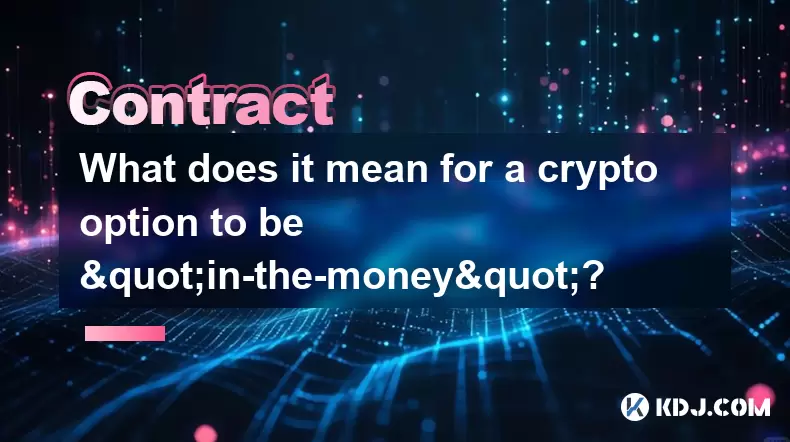
Understanding the Concept of "In-the-Money" in Crypto Options
When discussing crypto options, the term "in-the-money" (ITM) refers to a situation where exercising the option would result in an immediate profit, assuming no transaction fees or slippage. This condition depends on the relationship between the current market price of the underlying cryptocurrency and the option’s strike price. For a call option, being in-the-money means the current price of the cryptocurrency is higher than the strike price. For a put option, it means the current price is lower than the strike price.
For example, if a trader holds a call option for Bitcoin with a strike price of $60,000 and the current market price is $65,000, the option is in-the-money because the holder can buy Bitcoin at $60,000 and immediately sell it at the market price of $65,000, capturing a $5,000 difference per BTC. Similarly, a put option with a strike price of $62,000 would also be in-the-money under the same market conditions, as the holder can sell Bitcoin at $62,000, which is higher than the current market value.
How Call Options Become In-the-Money
A call option gives the holder the right, but not the obligation, to buy a specified amount of cryptocurrency at a predetermined price (the strike price) before or on the expiration date. The option is considered in-the-money when the spot price exceeds the strike price.
To determine whether a call option is ITM:
- Check the current market price of the cryptocurrency
- Compare it to the option’s strike price
- If the market price is greater than the strike price, the option is in-the-money
For instance, consider an Ethereum call option with a strike price of $3,000. If Ethereum is trading at $3,200, the option has intrinsic value of $200 per ETH. This intrinsic value represents the immediate profit if the option were exercised and the asset sold at market price. The deeper the option is in-the-money, the higher the intrinsic value.
How Put Options Become In-the-Money
A put option grants the holder the right to sell the underlying cryptocurrency at the strike price. This option becomes in-the-money when the market price is below the strike price.
To assess if a put option is ITM:
- Monitor the current trading price of the digital asset
- Compare it to the strike price of the put
- If the market price is less than the strike price, the option is in-the-money
For example, a Solana put option with a strike price of $150 is ITM if Solana’s price drops to $130. The holder can acquire Solana at $130 on the open market and exercise the option to sell it at $150, realizing a $20 profit per token. The difference between the strike and market price constitutes the intrinsic value of the option.
Calculating Intrinsic Value of In-the-Money Options
The intrinsic value of an in-the-money option is the amount by which the option is ITM. It is calculated differently for calls and puts.
For call options:
- Intrinsic Value = Current Market Price – Strike Price (if positive)
For put options:
- Intrinsic Value = Strike Price – Current Market Price (if positive)
If the result is zero or negative, the option has no intrinsic value and is either at-the-money (ATM) or out-of-the-money (OTM). The intrinsic value is a key component of an option’s total premium, which also includes time value and volatility factors.
For example, a Binance Coin (BNB) call option with a strike of $300 has an intrinsic value of $45 when BNB trades at $345. Conversely, a Cardano (ADA) put option with a strike of $0.60 has an intrinsic value of $0.10 if ADA is trading at $0.50.
Practical Steps to Identify In-the-Money Options on Trading Platforms
To identify whether a crypto option is in-the-money on a derivatives exchange such as Deribit, Bybit, or OKX, follow these steps:
- Log in to your account on the chosen options trading platform
- Navigate to the options dashboard or derivatives section
- Select the cryptocurrency and expiration date of interest
- View the option chain, which displays both call and put options with their respective strike prices
- Locate the current spot price of the underlying asset, usually displayed at the top
- For each call option, check if the strike price is below the current spot price
- For each put option, check if the strike price is above the current spot price
- Options meeting these criteria are in-the-money
Most platforms visually highlight ITM options using color coding—often green for ITM calls and red for ITM puts. Hovering over or clicking on an option may reveal its intrinsic value, time value, and Greeks (delta, gamma, etc.), aiding in decision-making.
Impact of Being In-the-Money on Exercise and Assignment
Holders of in-the-money options may choose to exercise their rights before expiration, especially if they seek immediate delivery of the underlying asset. However, many traders prefer to sell the option contract instead of exercising, as this allows them to capture both intrinsic and remaining time value.
For American-style options, early exercise is permitted. For European-style options, exercise is only possible at expiration. If an option is ITM at expiration, it is typically automatically exercised by the exchange unless the holder opts out.
Writers (sellers) of ITM options face assignment risk—the obligation to buy or sell the underlying asset at the strike price. For example, a call option writer must deliver the cryptocurrency at the strike price if assigned, potentially incurring a loss if the market price is significantly higher.
Frequently Asked Questions
Can an in-the-money option still result in a net loss?
Yes. Even if an option is in-the-money, the holder may incur a net loss if the premium paid exceeds the intrinsic value. For example, paying $7,000 for a Bitcoin call option with $5,000 intrinsic value results in a $2,000 loss upon exercise.
Does being in-the-money guarantee profit if I close the position?
Not necessarily. While ITM options have intrinsic value, the market price of the option contract depends on bid-ask spreads, liquidity, and remaining time value. Selling in a low-liquidity market could result in receiving less than the theoretical value.
How does volatility affect in-the-money options?
High implied volatility increases the time value component of an option’s premium, even if it’s deeply in-the-money. This can make ITM options more expensive to buy and more valuable to sell before expiration.
Can a deep in-the-money option behave like the underlying asset?
Yes. Deep ITM call options often have a delta close to 1.0, meaning their price moves nearly one-to-one with the underlying cryptocurrency. Traders sometimes use them as leveraged proxies for holding the asset directly.
Disclaimer:info@kdj.com
The information provided is not trading advice. kdj.com does not assume any responsibility for any investments made based on the information provided in this article. Cryptocurrencies are highly volatile and it is highly recommended that you invest with caution after thorough research!
If you believe that the content used on this website infringes your copyright, please contact us immediately (info@kdj.com) and we will delete it promptly.
- Bitcoin, Meme ICOs, and FOMO: Catching the Next Crypto Wave
- 2025-08-08 18:30:34
- OM, Investment, and Growth: Decoding the Latest Trends in Digital Assets
- 2025-08-08 18:30:34
- SNEK, Cardano, and the Contributor's Conundrum: A Meme Coin's Fight for Recognition
- 2025-08-08 16:30:12
- Toshi Crypto's Wild Ride: Rally, Demand Slump, and What's Next
- 2025-08-08 16:30:12
- Ethereum, Staking Yields, and DeFi Exposure: A New Era for Investors?
- 2025-08-08 15:10:12
- Unilabs Pumps MIA, Binance Coin Bouncing Back, and Ethereum's Bearish Blues
- 2025-08-08 15:10:12
Related knowledge

What is the distinction between mark price and last price on KuCoin?
Aug 08,2025 at 01:58pm
Understanding the Basics of Price in Cryptocurrency TradingIn cryptocurrency exchanges like KuCoin, two key price indicators frequently appear on trad...

What are the specific maker and taker fees on KuCoin Futures?
Aug 08,2025 at 08:28am
Understanding Maker and Taker Fees on KuCoin FuturesWhen trading on KuCoin Futures, users encounter two primary types of fees: maker fees and taker fe...
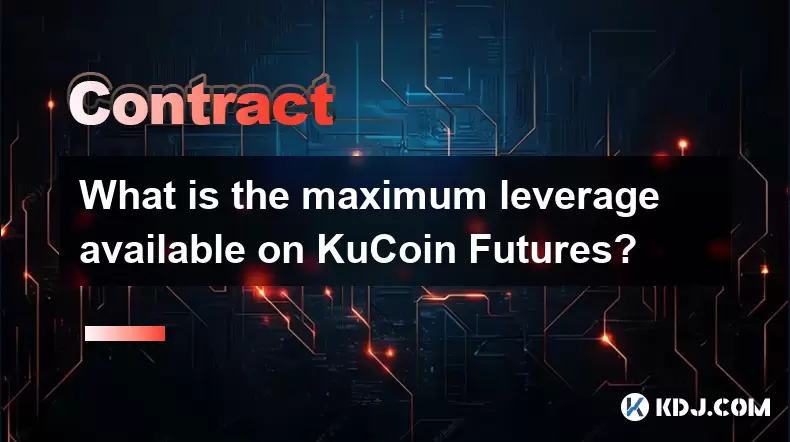
What is the maximum leverage available on KuCoin Futures?
Aug 08,2025 at 10:21am
Understanding Leverage in KuCoin Futures TradingLeverage in KuCoin Futures allows traders to control a larger position size using a smaller amount of ...
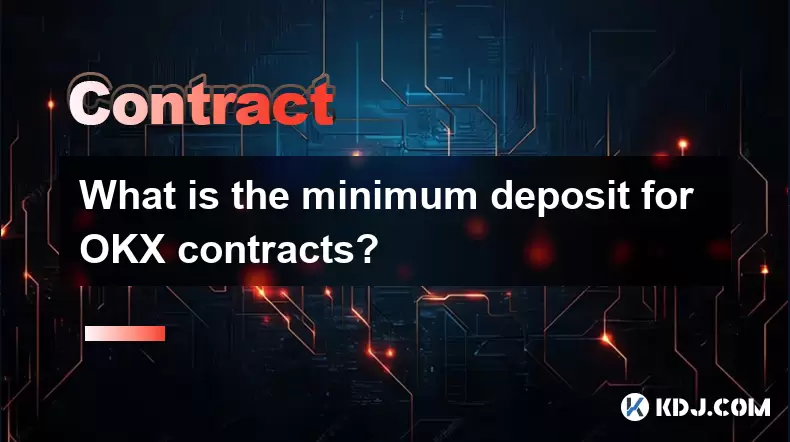
What is the minimum deposit for OKX contracts?
Aug 08,2025 at 07:00am
Understanding OKX Contract Trading BasicsOKX is one of the leading cryptocurrency derivatives exchanges, offering a wide range of perpetual and future...
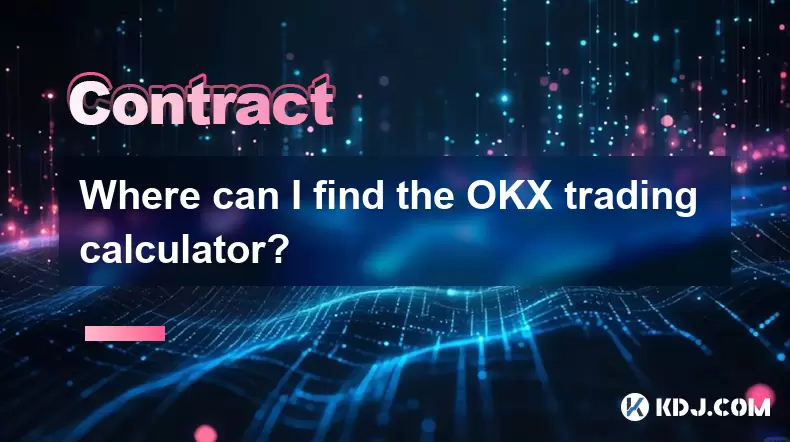
Where can I find the OKX trading calculator?
Aug 08,2025 at 07:49am
Understanding the OKX Trading Calculator FunctionalityThe OKX trading calculator is a powerful analytical tool designed to assist traders in estimatin...
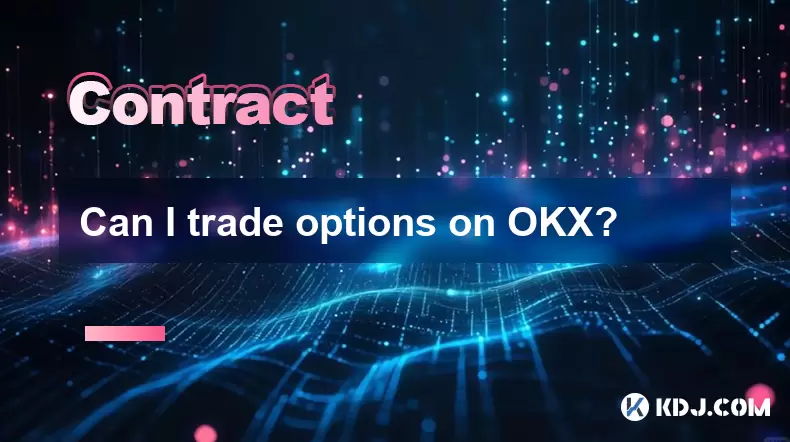
Can I trade options on OKX?
Aug 08,2025 at 11:01am
Understanding Options Trading on OKXYes, you can trade options on OKX. OKX is one of the leading cryptocurrency derivatives exchanges that offers a de...

What is the distinction between mark price and last price on KuCoin?
Aug 08,2025 at 01:58pm
Understanding the Basics of Price in Cryptocurrency TradingIn cryptocurrency exchanges like KuCoin, two key price indicators frequently appear on trad...

What are the specific maker and taker fees on KuCoin Futures?
Aug 08,2025 at 08:28am
Understanding Maker and Taker Fees on KuCoin FuturesWhen trading on KuCoin Futures, users encounter two primary types of fees: maker fees and taker fe...

What is the maximum leverage available on KuCoin Futures?
Aug 08,2025 at 10:21am
Understanding Leverage in KuCoin Futures TradingLeverage in KuCoin Futures allows traders to control a larger position size using a smaller amount of ...

What is the minimum deposit for OKX contracts?
Aug 08,2025 at 07:00am
Understanding OKX Contract Trading BasicsOKX is one of the leading cryptocurrency derivatives exchanges, offering a wide range of perpetual and future...

Where can I find the OKX trading calculator?
Aug 08,2025 at 07:49am
Understanding the OKX Trading Calculator FunctionalityThe OKX trading calculator is a powerful analytical tool designed to assist traders in estimatin...

Can I trade options on OKX?
Aug 08,2025 at 11:01am
Understanding Options Trading on OKXYes, you can trade options on OKX. OKX is one of the leading cryptocurrency derivatives exchanges that offers a de...
See all articles

























































































